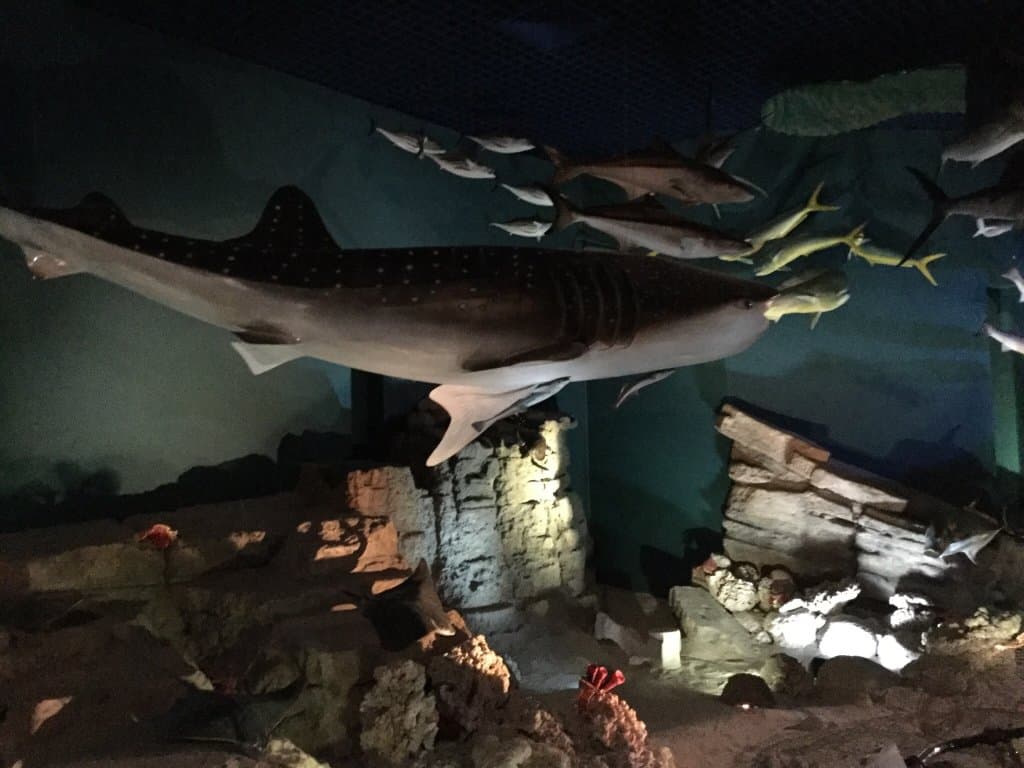
Natural History and Botanical Museum
Explore ancient worlds, marvel at colossal dinosaurs, and discover the wonders of the natural world in these magnificent museums.
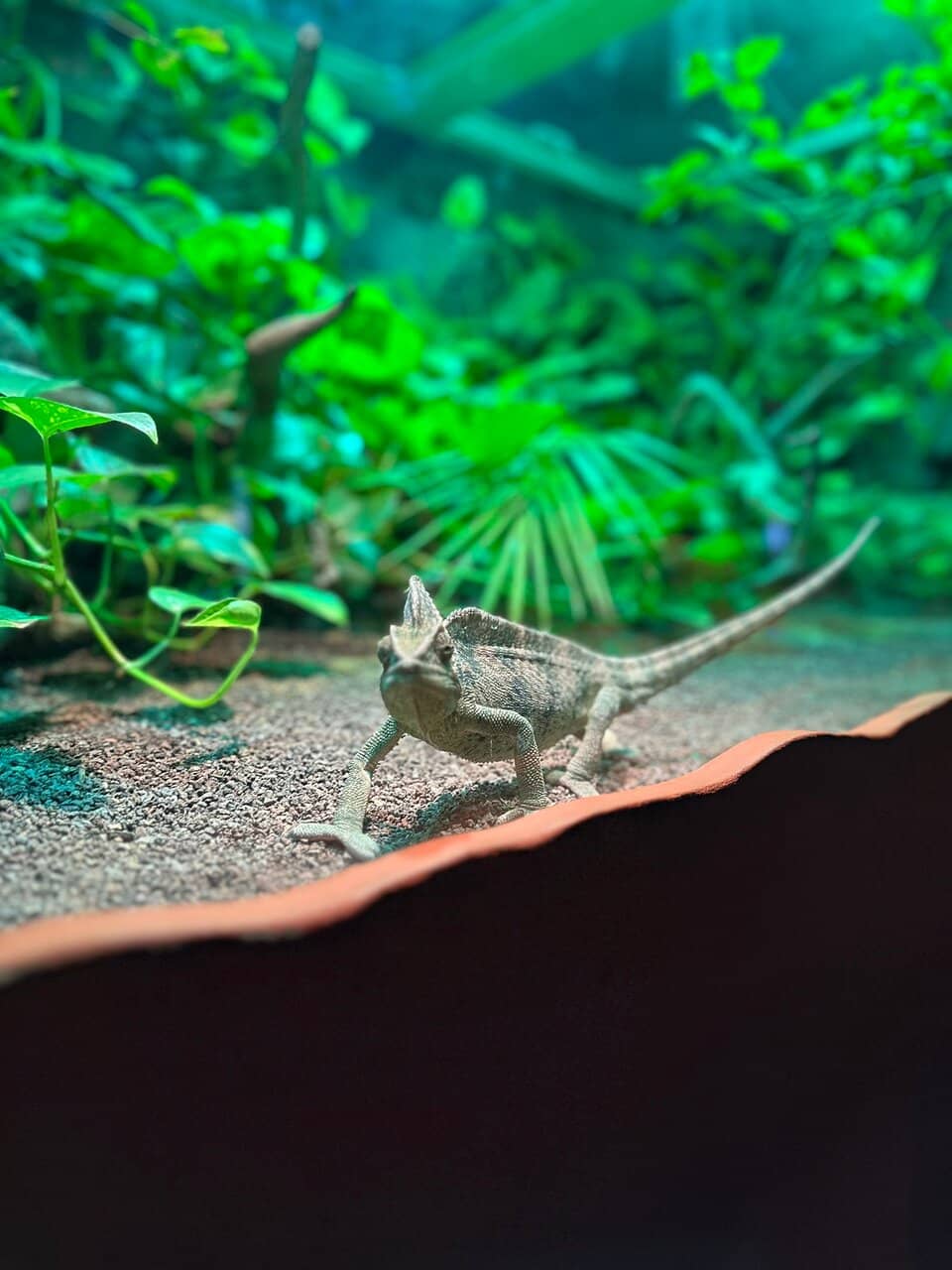
Highlights
Must-see attractions
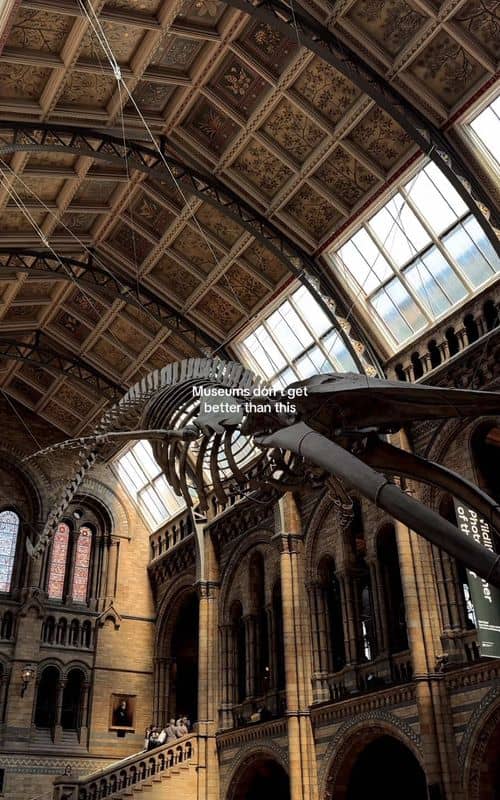
Social
From TikTok & Reddit
Best Time
Fewer crowds, more peaceful exploration.

Natural History and Botanical Museum
Best Time
Fewer crowds, more peaceful exploration.

Highlights
Must-see attractions
Explore ancient worlds, marvel at colossal dinosaurs, and discover the wonders of the natural world in these magnificent museums.
"A place where science and wonder collide, offering an unforgettable journey through time and nature."

🎯 Buy tickets at main entrance
Ensure you purchase your museum ticket at the main entrance gate, as they are not sold inside.
👟 Wear comfortable shoes
You'll be doing a lot of walking, so comfortable footwear is a must for exploring these large museums.

Highlights
Discover the most iconic attractions and experiences

Dinosaur Skeletons
Hintze Hall (London)
Marvel at the colossal skeletons of ancient giants, a truly awe-inspiring sight that sparks wonder in all ages.

Butterfly Vivarium
American Museum of Natural History (NYC)
Immerse yourself in a vibrant world of fluttering wings and exotic flora. A magical experience for all.
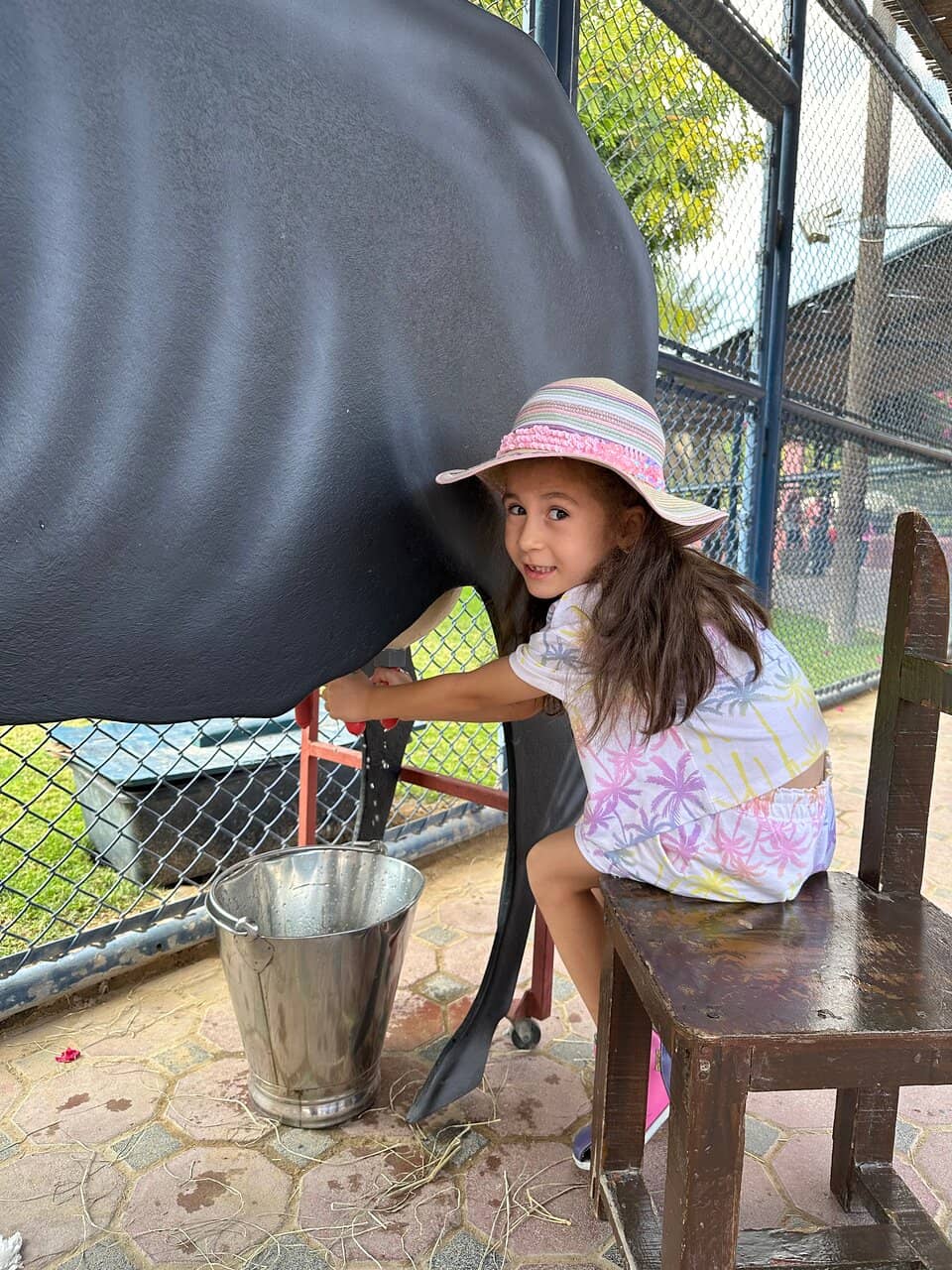
Interactive Exhibits
Various locations
Engage with hands-on displays that make learning fun and accessible for children and adults alike.
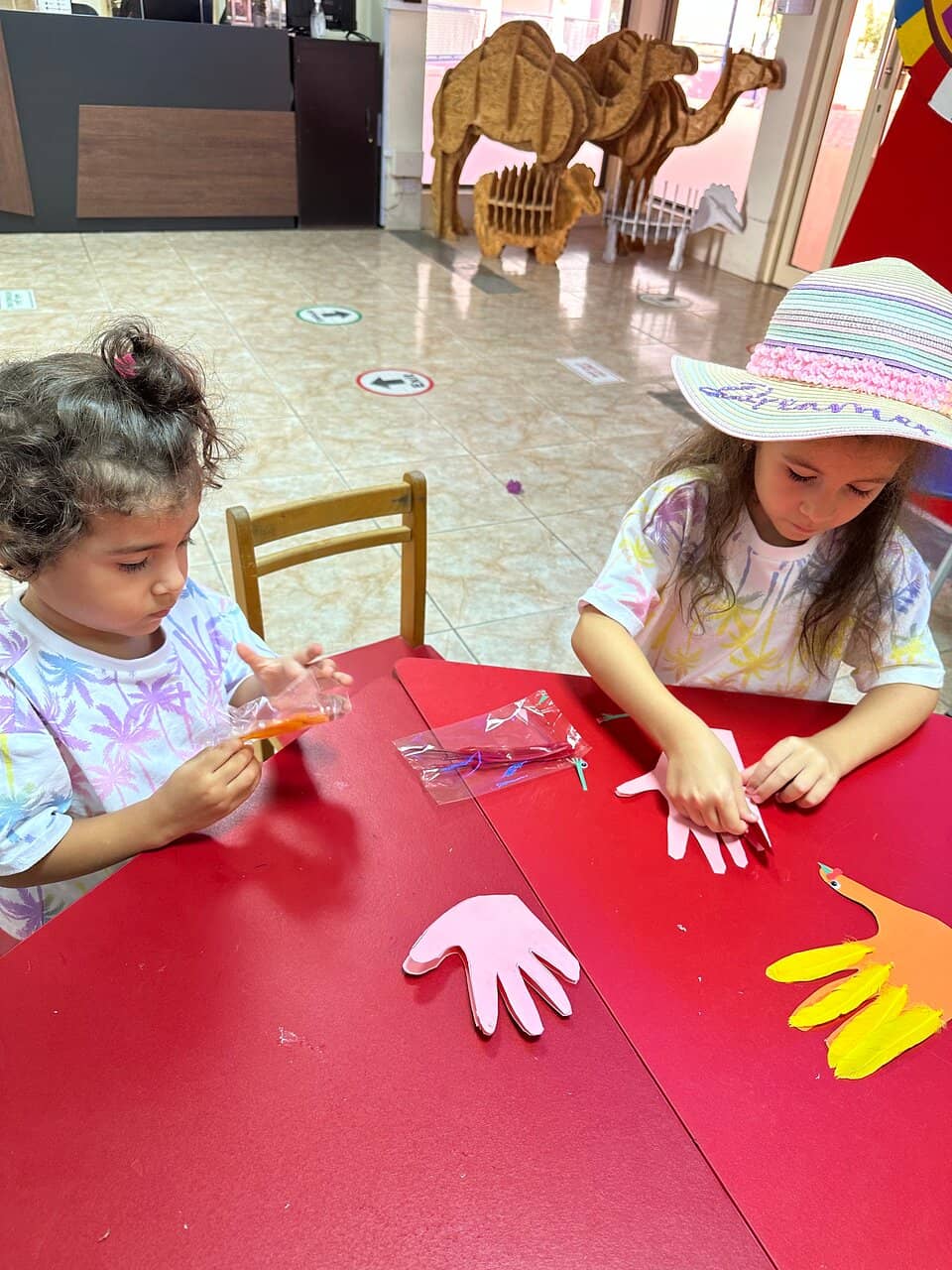
Architectural Grandeur
London, Berlin, Manila
Be captivated by the stunning architecture, from soaring ceilings to intricate stone carvings.
Plans like a pro.
Thinks like you
Planning Your Visit
Book Tickets in Advance
Allocate Sufficient Time
Best Times
Insider Tips
from TikTok, Instagram & Reddit
🎯 Buy tickets at main entrance
Ensure you purchase your museum ticket at the main entrance gate, as they are not sold inside.
👟 Wear comfortable shoes
You'll be doing a lot of walking, so comfortable footwear is a must for exploring these large museums.
📱 Check for museum apps
Many museums offer apps with maps and audio guides to enhance your visit.
⏳ Allow ample time
Don't rush! Plan for at least an hour, but a half-day is ideal to truly appreciate the exhibits.
Tips
from all over the internet
🎯 Buy tickets at main entrance
Ensure you purchase your museum ticket at the main entrance gate, as they are not sold inside.
👟 Wear comfortable shoes
You'll be doing a lot of walking, so comfortable footwear is a must for exploring these large museums.
📱 Check for museum apps
Many museums offer apps with maps and audio guides to enhance your visit.
⏳ Allow ample time
Don't rush! Plan for at least an hour, but a half-day is ideal to truly appreciate the exhibits.
🌿 Explore outdoor gardens
Some museums feature beautiful botanical gardens or outdoor exhibits worth exploring.
What Travellers Say
Reviews Summary
Visitors consistently praise the impressive collections, stunning architecture, and engaging interactive exhibits found in natural history and botanical museums. Many highlight the educational value and the awe-inspiring scale of displays like dinosaur skeletons. While generally well-maintained, some interactive elements may be out of order, and ticket purchasing at the main entrance is crucial.
"Modern, well deigned (with cozy lighting) and well maintained. Its interactive games make it even more interesting (although not all are working ).
You’ll need more at least an hour to tour.
Part of a wider park that includes the Islamic Botanical Garden, the Arabia's Wildlife Centre and the Breeding Centre for Endangered Arabian Wildlife."
Manolis Lekkas
"I was very impressed with the quality and level of the museum. Well maintained and up to date, with information in both Arabic and English.
Just make sure you buy the museum ticket at the main entrance gate, since they do not sell ticket inside the museum.
I also liked it because most of the content is related to the Middle East region. I recommend it."
Vinicius Mareze
"This is the last station in our tour at sharjah desert park , here will.dicover the ancient world and age of stones, besides the animals and others .
It will enrich your mind with alot of information and discover new things was not known for you before."
Ali Maoued
What People Like
What People Dislike
Frequently Asked Questions
🚇 🗺️ Getting There
The Natural History Museum in London is easily accessible via public transport. The nearest tube stations are South Kensington (Piccadilly, Circle, and District lines) and Gloucester Road (Circle and District lines). Numerous bus routes also serve the area.
Parking in the vicinity of major natural history museums can be challenging and expensive. It's generally recommended to use public transportation. Some locations may have limited metered street parking or nearby car parks.
Yes, the American Museum of Natural History in NYC is very accessible by subway. Take the B or C train to the 81st Street–Museum of Natural History station, or the 1 train to 79th Street.
The Naturkundemuseum in Berlin is well-connected by public transport. You can reach it via the U-Bahn (U6 line to Naturkundemuseum station) or various bus lines.
The National Museum of Natural History in Manila is centrally located and accessible via public transport. LRT-1 and LRT-2 lines, as well as numerous bus routes, serve the surrounding areas.
🎫 🎫 Tickets & Entry
General admission to the Natural History Museum in London is free for all visitors. However, special exhibitions may require a paid ticket.
The American Museum of Natural History in NYC has a suggested admission fee for New York State residents and students. Non-residents have a fixed admission price. Special exhibitions and the planetarium may incur additional charges.
Yes, there is an admission fee for the Naturkundemuseum in Berlin. It's advisable to check their official website for current ticket prices and opening hours.
Opening hours vary by location and season. It's crucial to check the official website of the specific museum you plan to visit for the most up-to-date information on operating hours and any potential closures.
Yes, for popular special exhibitions, it's highly recommended to book tickets in advance online to guarantee entry and avoid long queues.
🎫 🧭 Onsite Experience
The iconic Hintze Hall with its dinosaur skeleton, the Mammals gallery, and the Earth Hall are absolute must-sees. Don't miss the newly transformed gardens with outdoor sculptures.
Many natural history museums offer interactive exhibits, dedicated children's areas, and educational programs designed to engage young minds. The Butterfly Room is a hit with families.
Some museums offer guided tours, which can provide deeper insights into the collections. Check the museum's website or inquire at the information desk upon arrival.
Most major natural history museums strive to be accessible. They typically offer ramps, elevators, and accessible restrooms. It's best to check the specific museum's accessibility information on their website.
Photography is generally allowed for personal use in most areas of natural history museums, but flash photography is often prohibited to protect the exhibits. Always check for signage or ask staff if unsure.
🍽️ 🍽️ Food & Dining
Yes, most large natural history museums have on-site cafes or restaurants offering a range of food and drink options, from quick snacks to full meals.
Policies on outside food and drinks vary. Some museums allow it in designated areas, while others do not. It's best to check the museum's specific rules before your visit.
The area around the American Museum of Natural History in NYC offers a wide array of dining options, from casual eateries to more upscale restaurants, catering to various tastes and budgets.
Museum cafes typically offer a selection of sandwiches, salads, pastries, hot meals, and beverages. Some may have themed items related to current exhibitions.
On-site dining can be pricier than external options. For budget-conscious visitors, packing a picnic to enjoy in a nearby park or seeking out local eateries outside the museum is a good strategy.
📸 📸 Photography
The Hintze Hall with the blue whale skeleton, the grand staircase, and the exterior architecture are iconic photo spots. The transformed gardens also offer beautiful backdrops.
Tripods and selfie sticks are often restricted in museums to prevent obstruction and potential damage to exhibits. It's best to check the specific museum's photography policy.
Yes, commercial photography or videography usually requires special permission and may incur fees. Personal photography for social media is generally permitted.
Early mornings or late afternoons, when the crowds are thinner, can offer better opportunities for unobstructed photos. Natural light can also be more appealing during these times.
The dinosaur halls, the gem and mineral collections, and exhibits with dramatic lighting or intricate details are often very photogenic. The butterfly room is also a colorful subject.
For Different Travelers
Tailored advice for your travel style
👨👩👧 Families with Kids
Consider checking for special family programs or 'Night at the Museum' events, which can offer unique and exciting experiences. While some exhibits might be more suited for older children, the sheer wonder of dinosaur skeletons and the vibrant displays of animals and nature usually captivate even the youngest explorers.
💰 Budget Travelers
To save on food costs, consider packing your own snacks or a picnic to enjoy in a nearby park. While special exhibitions may have an extra charge, the core collections often provide hours of engaging content for free or a minimal fee.
❤️ Couples & Date Nights
Consider visiting during late afternoon or evening hours if available, as the atmosphere can be more intimate. Some museums host adult-only evening events or 'Night at the Museum' programs, which can add a special touch to a date night. Exploring exhibits together, discussing discoveries, and sharing moments of awe can create lasting memories.
Deep Dives
In-depth insights and expert knowledge
The Majesty of Dinosaurs
Social media content frequently highlights the impressive dinosaur displays. Videos often focus on the sheer size of the skeletons, with creators expressing amazement at their ancient presence. Some museums even offer special 'DinoSnores' events for adults, turning a night at the museum into an unforgettable adventure. The Natural History Museum in London, for instance, is renowned for its iconic Diplodocus skeleton, 'Dippy,' which has been a crowd favorite for over a century.
Beyond the visual spectacle, these exhibits often provide educational context about dinosaur biology, behavior, and extinction. Interactive elements, such as touchable fossil replicas or digital reconstructions, further enhance the learning experience. For many, seeing these magnificent creatures up close is a bucket-list item, fulfilling a childhood fascination with the age of dinosaurs.
Botanical Wonders and Biodiversity
These botanical sections are not just visually appealing but also educational. They often highlight the interconnectedness of plant and animal life, demonstrating how biodiversity sustains our planet. Some museums feature specialized areas like butterfly conservatories or herbariums, offering immersive experiences and detailed insights into specific plant and insect groups. The National Museum of Natural History in Manila includes botanical specimens in its permanent galleries, showcasing the rich plant life of the Philippines.
Exploring these green spaces within or adjacent to the museum provides a refreshing contrast to indoor exhibits. They offer opportunities for quiet contemplation, photography, and a deeper appreciation for the natural world. The botanical garden in Oslo, for example, is often visited in conjunction with the Natural History Museum, offering a dual experience of nature and science.
Architectural Marvels and Immersive Spaces
Beyond the historical buildings, newer wings and centers, like the Richard Gilder Center for Science, Education, and Innovation at the American Museum of Natural History in NYC, offer modern, immersive experiences. These spaces often feature innovative design, advanced technology, and unique exhibition layouts that enhance visitor engagement. The Gottesman Research Library within the Gilder Center, for instance, provides a bright, peaceful retreat with views of greenery.
These architectural elements contribute significantly to the overall visitor experience, creating a sense of wonder and grandeur. Whether it's the classic elegance of a Victorian-era building or the cutting-edge design of a contemporary extension, the spaces themselves become part of the attraction, making the visit memorable.
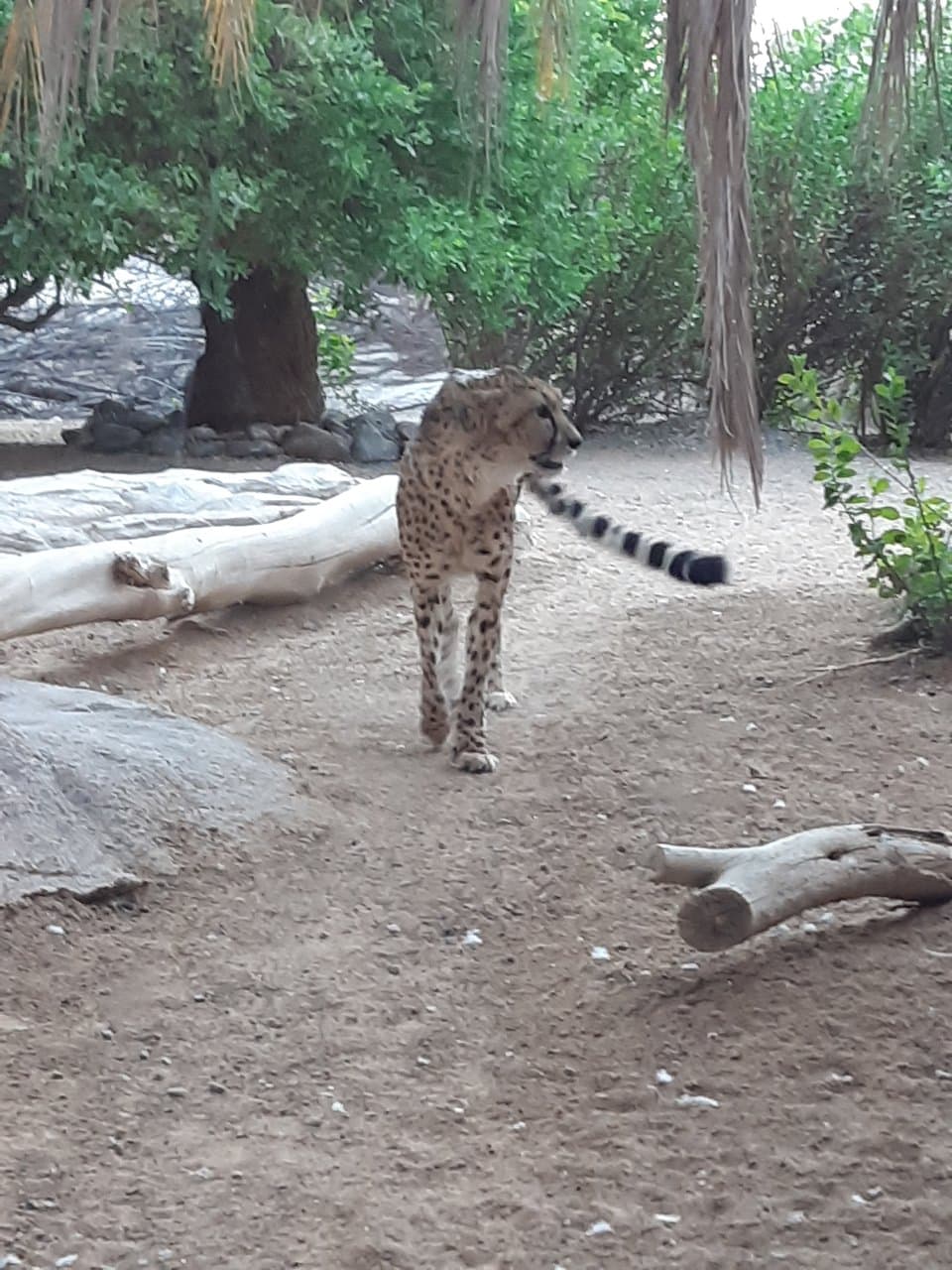


Social
from TikTok, Instagram & Reddit